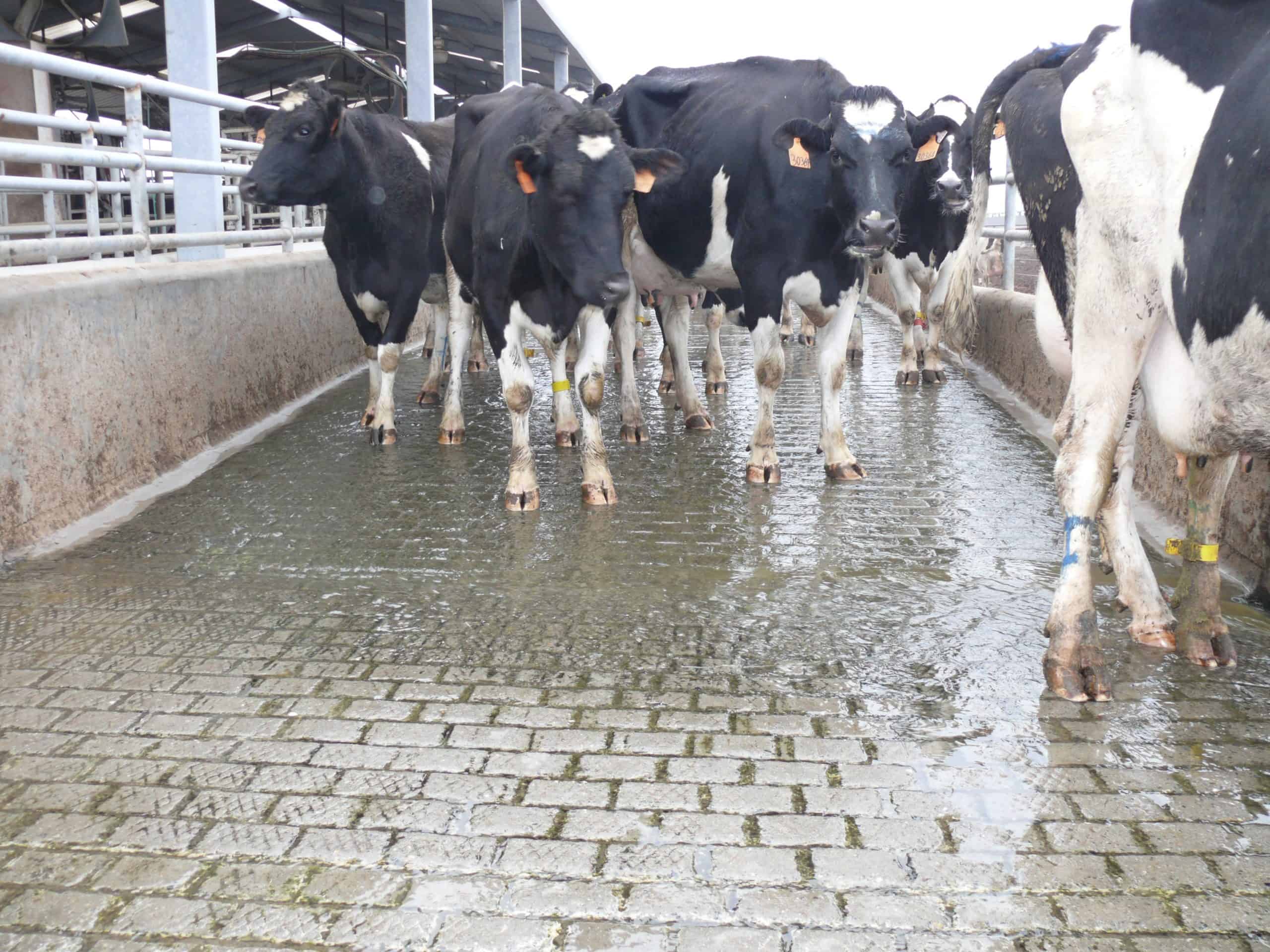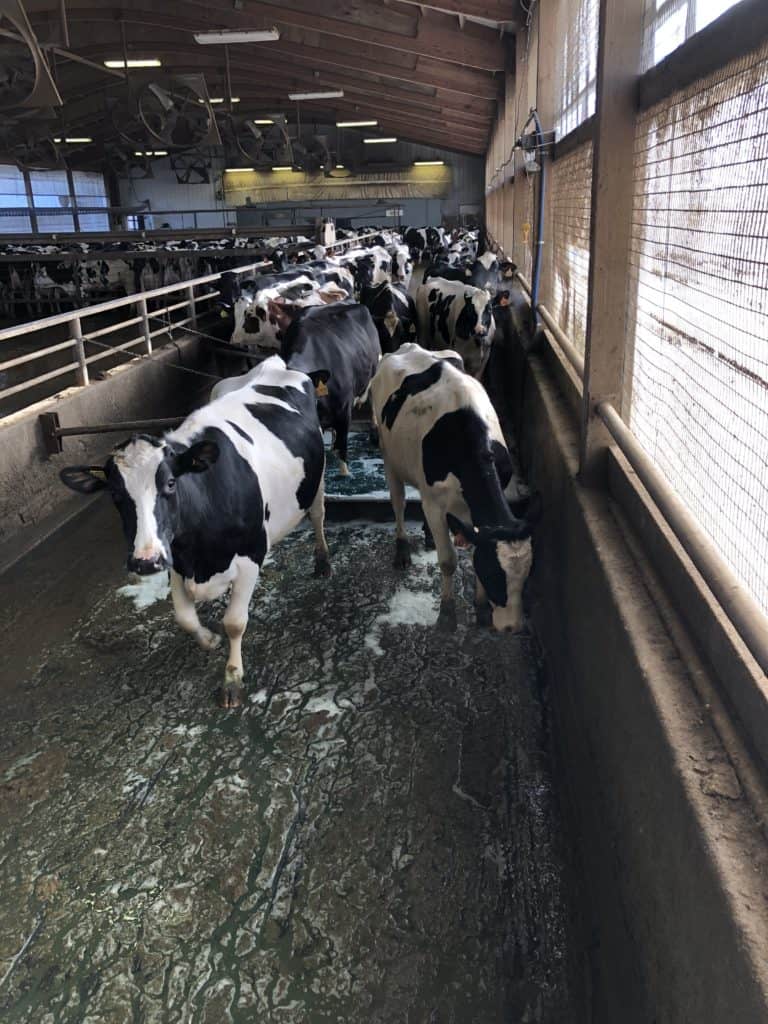
Footbath protocols are vital to ensuring hoof health in your herd. Over the years, dairy producers across the globe have adapted their operations to have footbaths on the farm to help ward off infectious hoof diseases such as digital dermatitis.
Every dealer and hoof trimmer will recommend different products to put in your footbath, but the majority agree that you need a footbath to help keep your herd standing.
Besides the product in the footbath, recently one of the more discussed topics is the size of the footbath and its importance. To the best of my knowledge, there has been very little, if any, scientific research done on the topic. Most of the recommendations that have been published are reciting what seems to have worked at various places integrated with some “that makes sense” logic.
The most recommended footbath model proposes the bath be 10 to 12 feet in length, 24 inches wide and at least 10 inches deep with sidewalls angled inward. The thought process behind this was and is sound. At 10 to 12 feet in length, a cow could not jump the footbath and would get at least three to four “dunks” of the hooves into the footbath solution. The depth would be so the cow would be forced to step in the bath and would also help prevent splash out of the solution; at these dimensions, it would be wide enough for a cow to comfortably walk through the bath. The angled walls were designed so the cow could not just walk around the bath. Instead, they would be forced to walk into the bath.

The logic and design behind this are solid. However, through the years, I believe a different footbath approach is better not only for the cows but for your overall operation.
Before going into the design I have been implementing for the last few years, I want to point out: When it comes to hoof health, there are many factors that go into making sure your cows have healthy hooves. This includes prioritizing cow comfort, reducing stress, footbath, hoof trimming, and recognizing and treating lameness. The design I have been working with was done to improve cow comfort and reduce their stress.
Through observation and discussion with hoof trimmers, I started to notice that the long and narrow approach, while it works and I still install them, has its flaws.
1. Organic loading – With having such a long footbath, it became filled with organic matter as there was more bath for the cows to load it. Some additives become neutralized by organic matter, which would require more replenishing and total flush-outs of the footbath.
2. Cow flow – Being only 24 inches wide only allows one cow to go at a time. When you have a pen of cows walking down the alley, this can create a log jam at the bath. This hinders overall cow flow and can cause stress on the cows en route to be milked, as they now have to “battle” to get through the bath.
3. Larger cows – If you compare the size of a cow from 2000, or even 2010, to today’s average cow body size, you will notice that they are larger today. Are the 24 inches and angled walls big enough for them to comfortably walk through, or are they bumping and scraping along?
After recognizing these observations, I started installing wider and shorter footbaths. The most common size I implemented was 6 feet wide, 8 feet long and 8 inches high. I did this for a few reasons.

This type of bath has been successful for farms on which it has been installed. However, it is not perfect for all farms, as the size of the bath may not fit into the parlor design on your operation. Before installing any footbath, it is best to have a discussion with your hoof trimmer about hoof care protocols and what type of footbath design they suggest.
Article originally appeared on https://www.progressivedairy.com/topics/herd-health/footbath-design-is-yours-getting-the-job-done